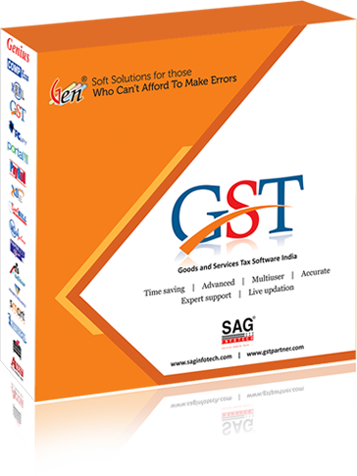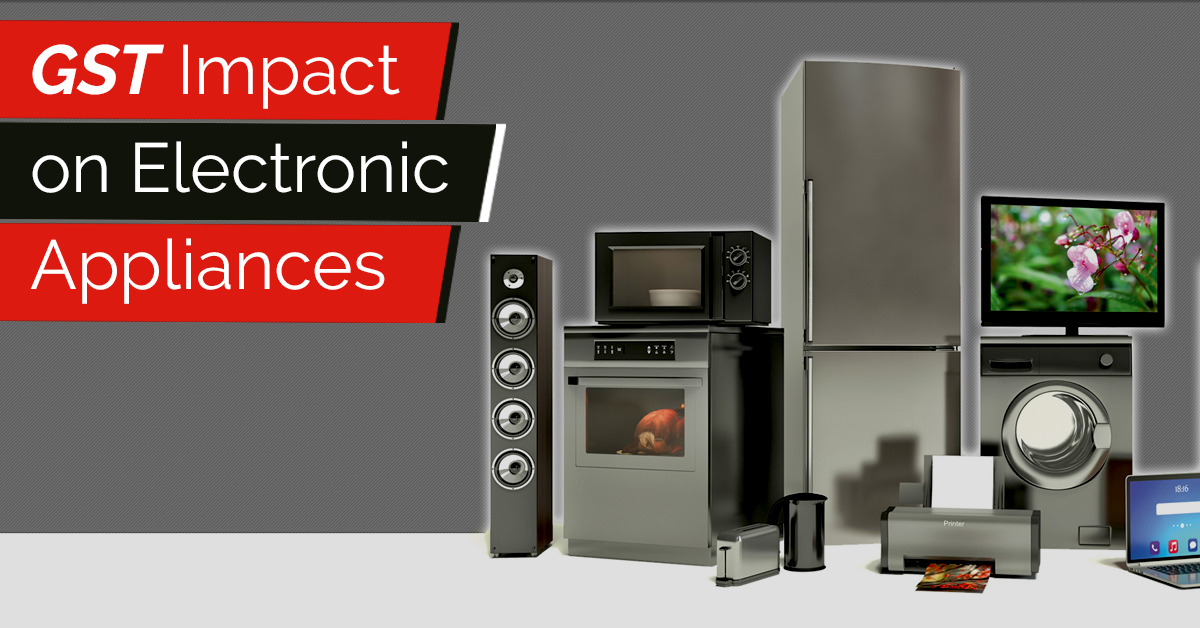The Goods & Services Tax (GST) has already been implemented in the country, and its impacts on various industries are appearing slowly as we move forward into the new tax regime. In this article, you will learn about GST rates on different electronics items and the impact of GST on electronics industry.
Electronic appliances such as TV, fridge, microwave oven, washing machine, etc are used in almost every household. Therefore, it is important for sellers as well as consumers to know how GST is going to impact the prices and sales of these products. Let’s find out.
GST Rate for Electronic Goods
VAT rate: Under the old VAT based system, the tax rate on most household electronic items was around 11-12.5%, except for the excise duty which was charged at the rate of 12.5% on these appliances. Including some other taxes (such as CST and local taxes), the average tax rate was around 25-26% on electronic goods, before the implementation of GST.
After GST
When GST was launched in July 2017, GST tax rate for most electronic appliances such as washing machine, television, and the fridge was fixed at 28% rate, which is about 2-3% higher than the previous tax rate. Since 28% GST is reserved for luxury products and services, it won’t be wrong to say that electronic goods are still treated as a luxury in the country.
[UPDATED] GST Rate After 28th GST Council Meeting
In 28th GST council meeting, the regime had made a decision to reduce GST rate on electronic goods from 28 percent to 18 percent. Watercooler, Ice cream freezer, water heaters, food grinders, mixers, Electric smoothing irons, Refrigerators, Washing Machines, hair dryers, hand dryers, vacuum cleaners, TVs and monitors (up to 32 inches) are all included in this list.
GST Impacts on Consumer Electronics
The increased tax rate resulted in an increase in the prices of these electronics products, which is supposed to be borne by the end consumer. This, in turn, resulted in a drop in sales. However, some of the domestic electronics manufacturers have succeeded in keeping the prices in check, mostly by lowering the discounts (being provided to the consumer) and margins (of manufacturers and retailers).
The GST has definitely created a stir in the market, but it won’t be totally appropriate to say that it has ruined the market because it hasn’t. GST is actually good for the industry. The manufactures and retailers have the option of claiming input credit on their purchases, so they keep getting good margins on their goods. The consumer, however, may experience a slight rise in the cost of household products.
Manufacturers in Mumbai are the one getting the most benefit after GST implementation. Earlier, they had to pay an additional octroi duty at the rate of 5% on electronics goods, in addition to regular taxes (of 25-26%). All of that has now been replaced by a single GST tax of 18% rate.
Because of the increased tax rate, the manufactures might not be able to pass on the benefits of GST to their consumers, which was supposed to be one of the goals of the new tax system. The prices of electronics goods are expected to increase by 2-3%.
However, the GST is only in its initial phase, as of now. Many changes are being made in the GST laws, tax rates and provisions, and many more will be made as we move further.
Recommended: Impact of GST on GDP of Indian Economy







pl advice us present rate of GST on Mixer Grinder (Domestic Electrical Appliances)
28% GST rate is applied to the electric mixer grinder.